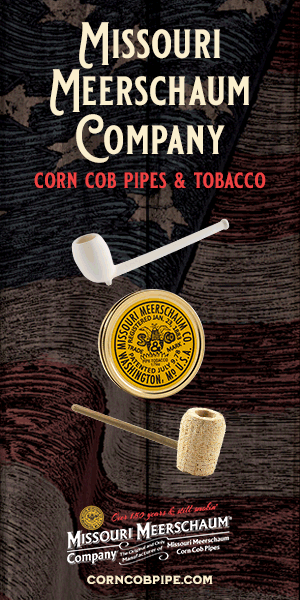I'm no chemist (not for years, anyway), but I understand that there's the nicotine content, and there's the free-nicotine content, that can affect one's experience with tobacco. This application was discovered accidentally by the American cigarette industry. Ammonia had been used heavily in processing cigarette tobacco, in part to neutralize the pH of the tobacco to make it easier to inhale the smoke, and as a flavor agent (which I still find fascinatingly warped ... what twisted mind arrives at ammonia as a flavoring?). I think it was Phillip Morris that discovered that the ammonia was also freeing nicotine molecules from other naturally occurring salts in the tobacco and processed tobacco sheet, creating a kind of freebase, with a larger percentage of free nicotine ready to bind with our nicotinic acetylcholine receptors immediately upon introduction (resulting in a lot of returning Marlboro customers). Other American cigarette manufacturers followed the practice ...
Anywho, back on track ... I'm thinking that different tobacco varieties go through different processes, are treated with different flavorings and neutralizing agents and are even cooked differently before they end up in our tins and pouches which can affect both the total nicotine content, as well as the free nicotine content, and this thread has me wondering if Perique may have more free nicotine due to fermentation.
Someone here has got to know more about this ... :puffpipe:







 :
: